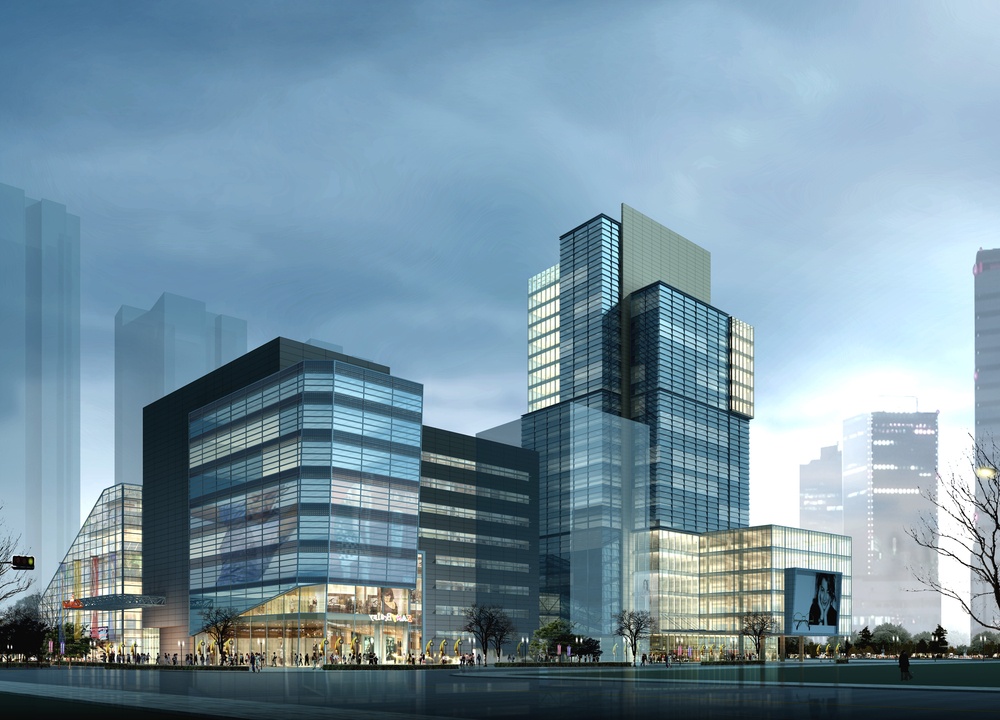Modern Trends in Building Engineering 2024

The last few decades have been characterized by a fast evolution of information technologies, and the resulting innovations are being deployed in all business fields. Of course, this trend applies for engineering and construction, and technology is drastically changing how projects are developed and operated.
Building Information Modeling (BIM) has been a revolutionary concept, expanding building documents from two-dimensional drawings with annotations, to three-dimensional models with detailed component properties. Modern design software also automates many repetitive and tedious steps of building design, while allowing a visualization of equipment layouts that was not possible with conventional 2D drafting software.
BIM becomes an even more powerful tool when combined with technologies such as drones, laser scanning and enhanced reality. Models are becoming much more complex and detailed, but at the same time more useful and accessible.
Enhance operation and management with a smart building model.
Applications of Drones in Building Projects
Being airborne, drones can capture project images from angles that previously were only possible from a helicopter. As a result, drones can be extremely useful in applications such as topography and supervision. They also make site surveys faster and safer, since engineers can inspect hard-to-reach places without being there in person.
Drones can also be programmed to gather an array of images from multiple angles and altitudes. The data is then processed with software, creating an extremely detailed model of a project site. This approach is very useful when creating a computer model of existing infrastructure; consider that many projects were built decades ago, when not even 2D drawing software had been developed.
To summarize, drones offer two main advantages: they can gather visual information about projects faster, and from perspectives that were not possible previously.
Laser Scanning
Although BIM is an extremely powerful tool, you still have to create a detailed 3D model of the project in question. This is not an issue in new projects, since the model is created normally as part of the design process. However, modeling can consume significant amounts of time in existing infrastructure, especially in complex constructions such as manufacturing facilities or electric power stations. Laser scanning technology can sweep of existing infrastructure, creating three-dimensional models in just a fraction of the time required by humans.
Keep in mind that laser scanning only delivers a geometric model, which indicates the size and shape of components, but not their properties.
- For example, a laser scanner can easily identify the location and diameter of exposed piping, but not the material used - this information must be provided by engineers after the model is generated.
- Once the geometric model is available, the information gathering process can be carried out quickly with mobile devices. Engineers can simply open the model from a tablet, and add component information as they inspect the site.
Enhanced Reality
If an enhanced reality headgear is connected to a smart building model, information can be overlaid on the user’s field of vision. This is extremely useful when components are difficult to see or completely hidden. The following are some examples of how enhanced reality can be used in building operation and maintenance:
- When the user looks at the ceiling, an enhanced reality headgear can display all the electrical conduit, communication trays and air ducts above. If a specific component must be inspected, maintenance personnel knows exactly which ceiling tiles to remove.
- This is even more useful for piping and conduit embedded in walls, which can only be accessed by cutting slots in the wall. The same applies for components that are embedded in floor slabs or buried underground.
- Components belonging to different building systems can be color-coded to avoid confusion.
- Existing damage to equipment and infrastructure can also be color coded and displayed with an enhanced reality headgear. For example, cracks in concrete elements are not evident, but an enhanced reality system can display them in a color that draws attention, such as orange or red.
Enhanced reality is also useful when planning building expansions or modifications, making all the hidden components visible. This way there are no surprises, such as demolishing a wall and damaging an embedded pipe that the contractor was not aware of.
Conclusion
Innovative technologies create new possibilities in all business fields, and engineering is no exception. The latest tools available allow digital representations of existing infrastructure, which are extremely useful for operation and maintenance. Keep in mind that technology does not replace the role of engineers, but actually enhances it - a powerful tool can only be used effectively by someone who understands the underlying physical principles of building systems.

Anuj Srivastava
Anuj Srivastava is a principal partner at NY Engineers. He is known for his MEP franchise market knowledge. Anuj is currently leading a team of 100+ MEP/FP engineers and has successfully led over 1500 franchise projects in the US.
Join 15,000+ Fellow Architects and Contractors
Get expert engineering tips straight to your inbox. Subscribe to the NY Engineers Blog below.



